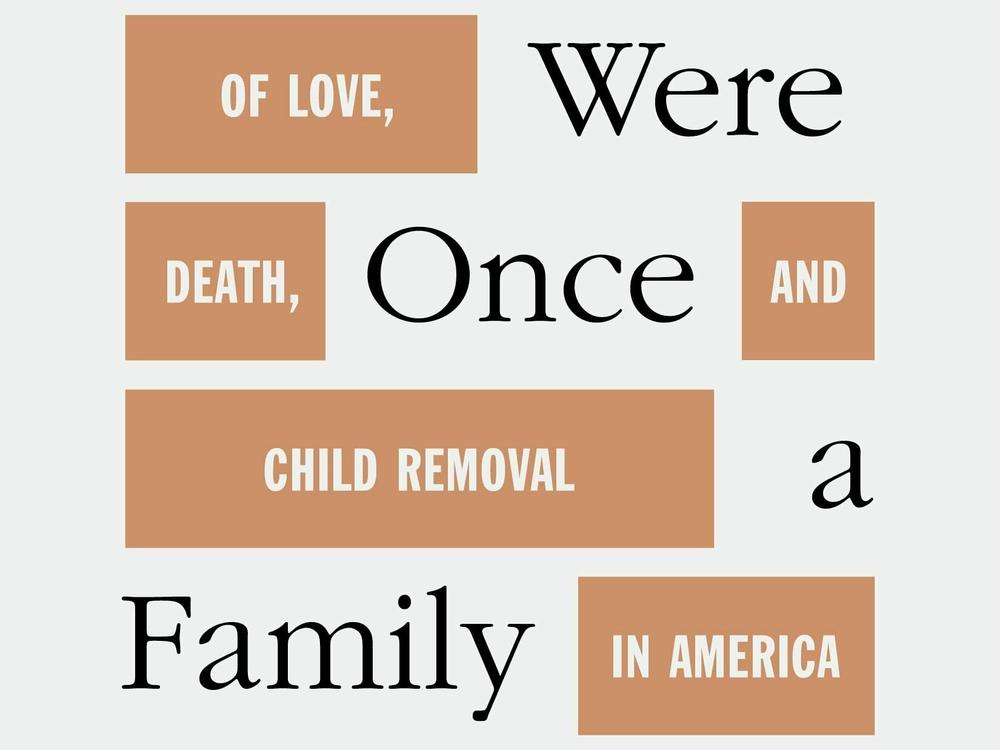Section Branding
Header Content
'We Were Once a Family' exposes ills of U.S. child welfare system
Primary Content
The saga of the Hart family murder-suicide slammed the zeitgeist in 2018 with its brutal combination of cruelty, violence and social media narcissism.
In late March of 2018, Jennifer Hart and her wife Sarah drove their family off a cliff. Seated in the back seat of their SUV were Ciera, Abigail, Jeremiah, Devonte, Hannah and Markis — all between 12 and 19 years old. Jennifer and Sarah were white, all of the children were adopted from Black or blended families.
In her new book We Were Once a Family, journalist Roxanna Asgarian's tenacious and vulnerable reporting reveals the foundation of this intensely disturbing story — a broken child welfare system whose singular accomplishment has been the uniformity by which its bureaucracy has ruined lives across state lines.
The adoptions by the Harts moved six children out of foster care in Texas to a new home in Minneapolis. What investigators discovered during the coroner's inquest was a fatal paradox — the Hart home environment was abusive, the children malnourished and used as props for rosy social media posts on Facebook. Numerous witnesses reported disturbing incidents of abuse. Too often, when the couple was reported to child welfare officials, the Harts would leave the jurisdiction or pull the children out of school.
Ciera, Devonte and Jeremiah were siblings whose mother lost custody of them due to substance abuse. They were placed with their aunt, but the family arrangement was terminated when a case worker discovered the children's mother was their babysitter. As a result the children were removed from their family and eventually adopted by Sarah and Jennifer. Siblings Abigail, Hannah and Markis were adopted by the Harts in 2006. Their birth mother was diagnosed with borderline personality disorder and lost custody of the children when medical personnel reported her to child services for alleged insufficient attention to their medical needs.
Asgarian's reporting spares no one involved in the tragedy — including herself. Her investigation elucidates the complex family relationships, good and bad decision making, and Kafka-esque child protective corporate state that paved the road to the Hart's perdition. We learn in the book's preface about Asgarian's own unstable childhood, and deeply felt personal connection to the story. Asgarian declares at the outset she is not a passive observer of injustice, and catalogs for the reader places where she influenced aspects of the story.
The book's transparency is our benefit and an informed invitation to step into the nature of family abuse. It's not easy reading. But Asgarian's personalized fact finding provides essential context for understanding what happened, the behavior of the families involved — and the impact of child removal on birth mothers, their children, and adoptive families equally. Her reporting unpacks what the phrase "best interest of the child" really means in a legal environment focused on speed adoption.
The book highlights the Adoption and Safe Families Act whose purpose was expediting removal of children from unsafe homes and placement with adoptive families. The law sets a timeline the moment a child welfare case is initiated and requires termination of parental rights if a child has been in foster care for 15 of the last 24 months. Proponents of the law argued their reform of the child welfare system safeguards children's rights, and that keeping biological families together often sacrifices children's interests for the sake of parental rights.
But Asgarian notes that the "ASFA created a wave of more than two million children whose parents' rights were terminated. Black children are 2.4 times more likely to have their parents rights terminated than are white children." In Texas, where the Hart children were born, "Black children were almost twice as likely as white children to be reported as victims of child abuse. They were also removed from their families at a higher rate, spent longer in substitute care, and less likely to be reunited with their families," she writes.
The Texas adoption pipeline was also a revenue generator. ASFA came with Federal fee incentives paid to states to increase the number of completed adoptions, the book details. By 2015 Texas received 15% of the total $84 million Federal fee budget. Asgarian reports the majority of Texas fee income was allocated to non-adoption related expenses. Meanwhile, she writes, a substantial portion of Jennifer and Sarah's income derived from fees associated with their children's adoption. None of this financial assistance sustained a safe home environment for their children.
The fate of the Hart children is a horrible clarion call. Asgarian's Klieg light reporting, in the muckraking tradition of Martha Gellhorn and Lorena Hickok and with the storytelling agency of Ernestine Eckstein, compels us to listen and act.
Marcela Davison Avilés is a writer and independent producer living in Northern California.
Copyright 2023 NPR. To see more, visit https://www.npr.org.

